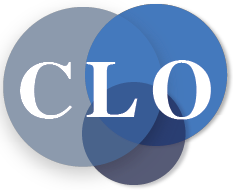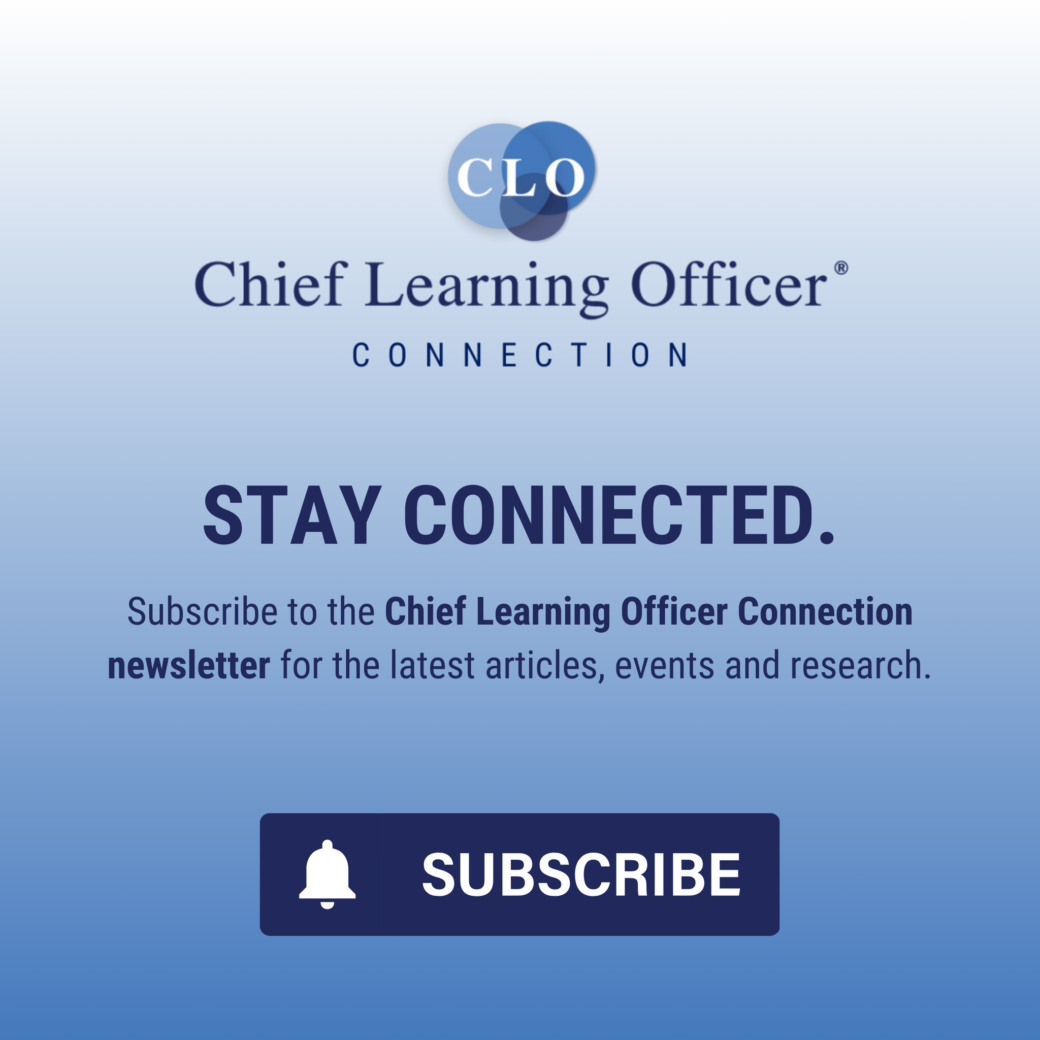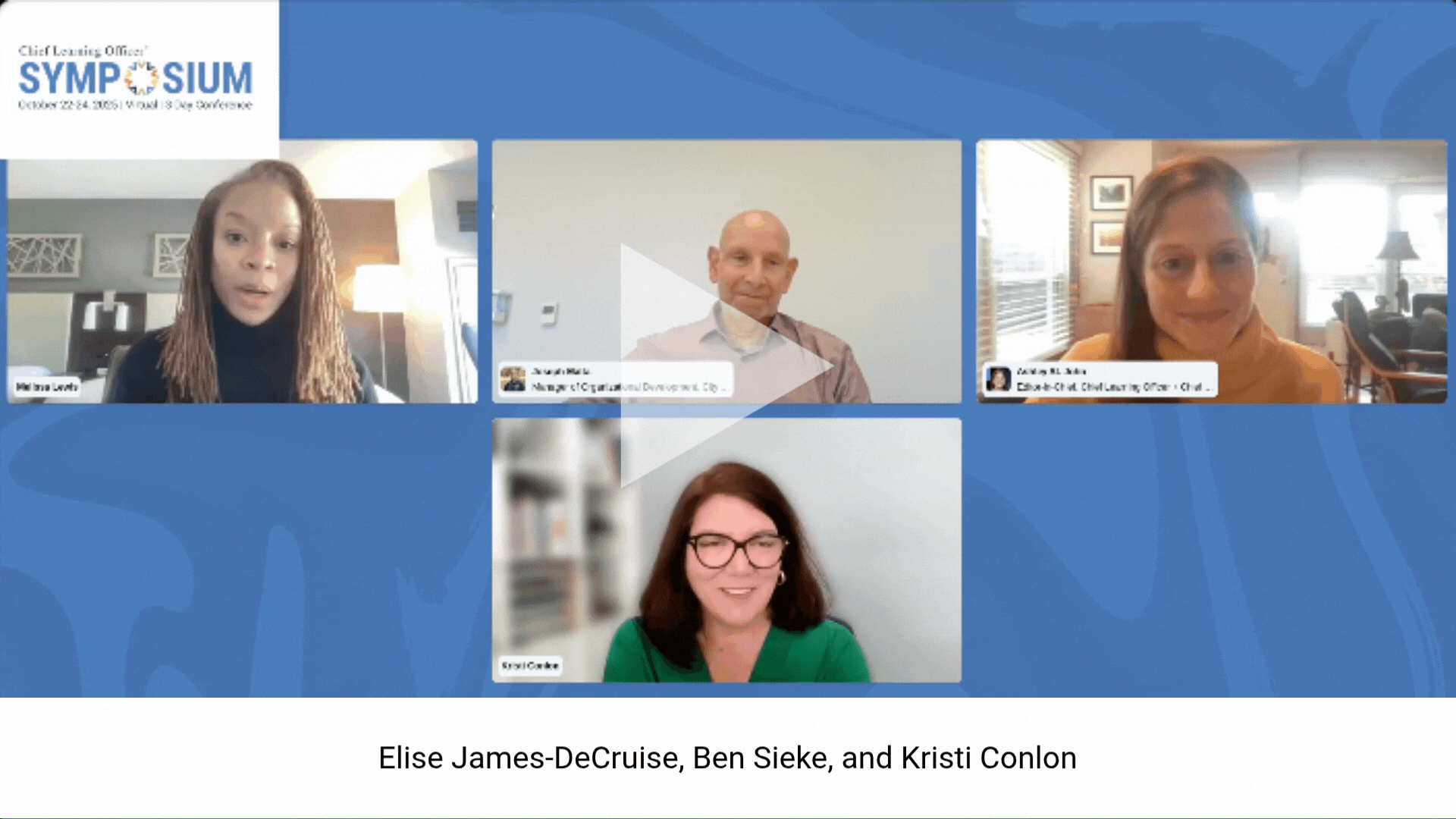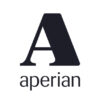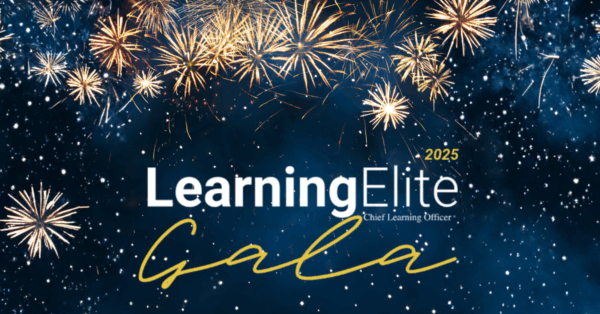Until recently, being a skills-based organization was the gold standard for progressive HR. Between 2019 and 2022, as companies grappled with the fallout from the pandemic, the idea of organizing work around skills rather than static roles emerged as a bold new approach. Fast forward to 2025, and it’s now considered by organizations a mainstream practice. According to Workday’s latest research, 55 percent of organizations have already begun the transition, with another 23 percent preparing to follow.
But as we stay heads-down implementing these structures, we also need to raise our heads above the busyness and recognize that simply becoming skills-based is no longer a competitive advantage—it’s table stakes.
Being skills-based is essentially the “piping behind the walls.” It’s a necessary infrastructure, but not what will give your organization a competitive advantage moving forward. The real differentiator in the years ahead won’t be your skills taxonomy or your talent marketplace—it will be your ability to identify and develop human potential at scale.
At the 2024 World Economic Forum in Davos, IBM CEO Arvind Krishna noted that the half-life of skills has shrunk from 30 years to just seven. The implications are profound: Today’s high-value skill might be obsolete before the decade is out. To stay ahead, organizations must become radically agile, able to disassemble and reassemble teams dynamically based on rapidly shifting needs, powered by emerging technologies like agentic artificial intelligence.
This calls for a new way of thinking about the nature of work itself and how we structure the workforce. We need to pixelate work, breaking it down into its most granular components: tasks, capabilities, skills and responsibilities. When work is decomposed into “pixels,” it becomes modular, and modular work can be reconfigured quickly to meet new demands, like Lego pieces. But agility isn’t just about modularity; it’s also about people.
According to the World Economic Forum’s Future of Jobs Report 2025, 39 percent of workers’ core skills are expected to change by 2030. To keep pace, employees must not only learn new skills but also continually unlearn and relearn. Those who can master that adaptability will be the “super workers” of tomorrow. In a post–agentic AI world, the organizations that thrive will be the ones that can identify these “super learners,” invest in their development and create the conditions for them to flourish.
That means what will truly differentiate future-ready organizations is their ability to objectively measure and foster potential at scale.
This includes the ability to objectively assess:
- Learning agility: How quickly can someone adapt, unlearn, relearn and grow?
- Natural strengths: Where do individuals shine without effort?
- Aspirational skills: What are people motivated to develop next?
- Proxy skills: Which existing capabilities indicate readiness for a critical new skill?
And here’s a powerful but often overlooked factor: well-being. Organizations that make space for cognitive rest, deep focus and self-directed learning aren’t just being compassionate; they’re supporting adult neuroplasticity, the brain’s ability to rewire and adapt in response to new challenges. This biological foundation is essential for rapid skill acquisition and long-term adaptability. Embedding wellness into your business strategy is no longer an HR initiative—it’s a business imperative.
So, what can you start doing now to build the foundations for a future workforce powered by potential?
- Foster curiosity by rewarding questions, not just answers. Create space for exploration through team rituals, learning spotlights and psychological safety.
- Celebrate your power learners. Recognize employees who drive their own growth through digital badges, social shoutouts or learning-based incentive programs.
- Protect time for growth. Make learning a scheduled, expected part of the week, not an after-hours hustle by providing protected time for learning.
- Embed wellness into your learning strategy. Support energy, focus and well-being to create the conditions for continuous learning. Rest and reflection enable adult neuroplasticity—fueling faster skill development and long-term agility.
The organizations that will lead in the future aren’t simply mapping skills; they’re unleashing potential. They’re not just tracking capabilities but cultivating adaptability, curiosity and resilience. In a world where the only constant is change, your greatest asset isn’t what your people know. It’s how fast they can grow.
So ask yourself: What are you doing today to identify your next generation of super learners? How are you creating the conditions for potential to surface, stretch and soar? Do your current talent management practices help to identify, promote and reward the behaviours that support continuous learning?
Because the future isn’t waiting, and neither should you.
